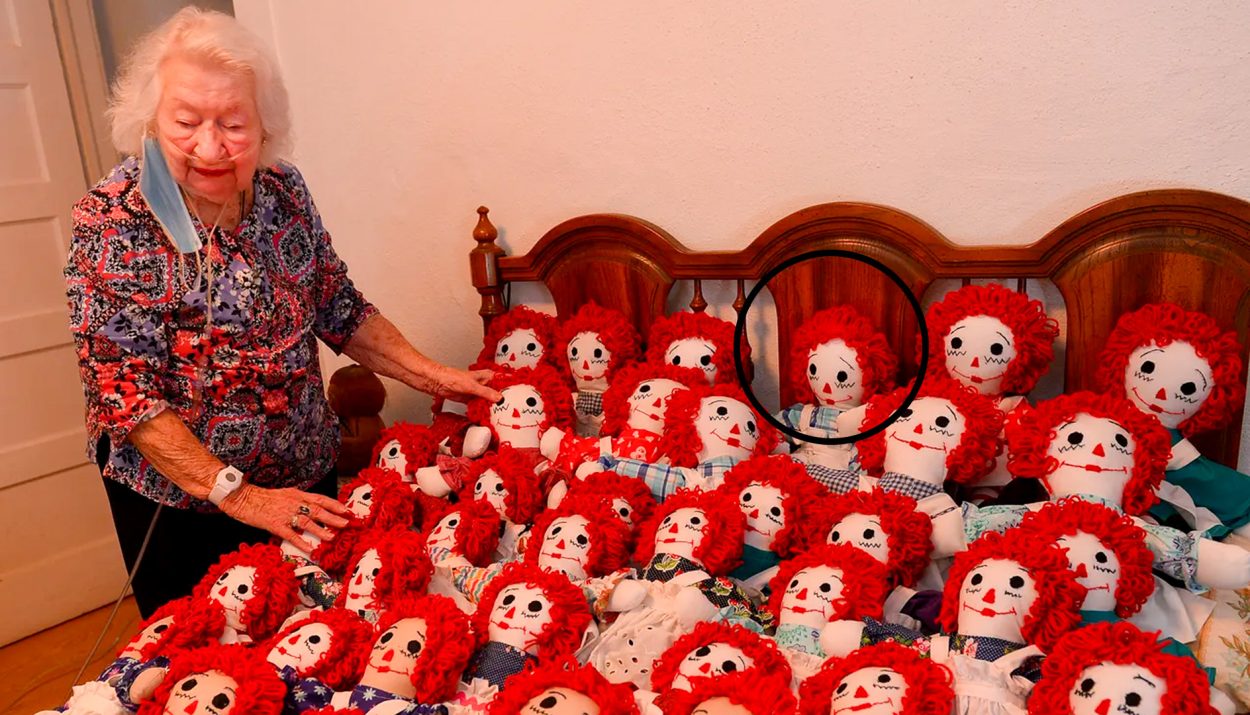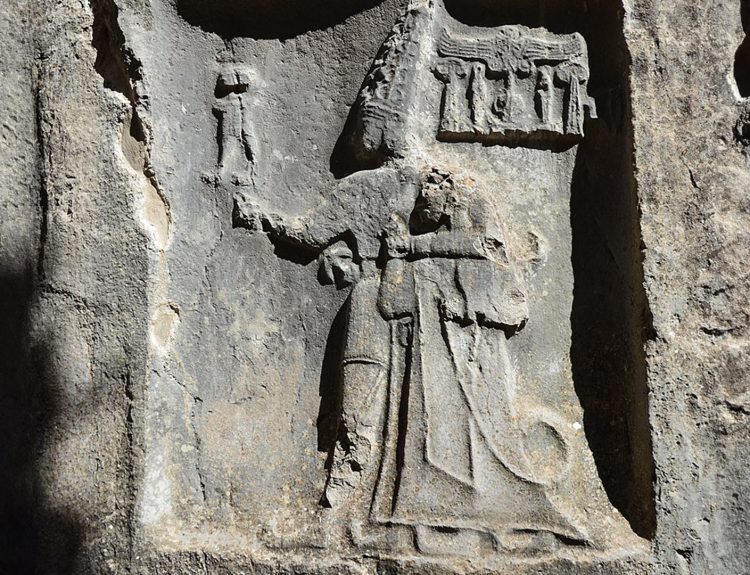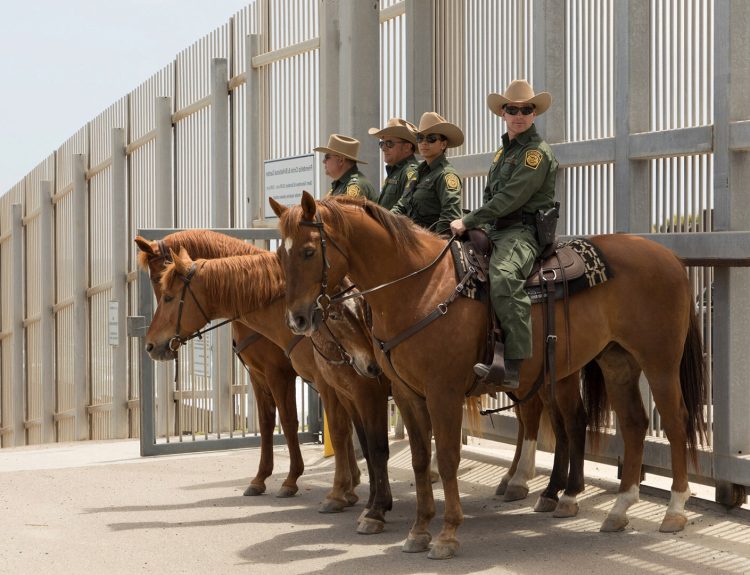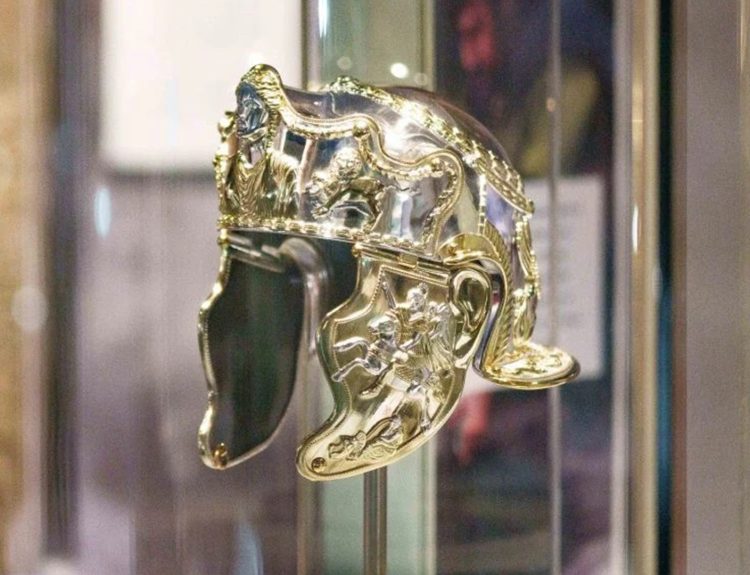Toy shopping has really changed over the last 100 years whether due to innovations in the products toys themselves or changes in the marketplace. Using data and the national toy archives, History Enhanced compiled a list of toys that gripped the public over the years. Whether through novelty, innovation, quirk or kitsch or just great timing these toys rocketed to success and captured hearts and minds.
Here are the top holiday toys from the year you were born, counting from 1920 to 1965. May they fill your heart and stockings with holiday joy.
1920: Raggedy Ann doll
Originally the Raggedy Ann doll went for an estimated retail price of $1. This doll originated as a book character created by a prolific political cartoonist named Johnny Gruelle.

By 1920, two handmade dolls had made their way to the market – Raggedy Ann and her brother, Raggedy Andy and they were sold alongside the book. The result was a meteoric success on all fronts. Many myths surround the conception of Raggedy Ann, which is fitting given its storybook origins.
1921: Lincoln Logs
When Lincoln Logs first hit the market, they estimated a retail price of just 50 cents to $1. The famous architect Frank Lloyd Wright’s son John Lloyd Wright, taking after his father, invented Lincoln Logs. During his time in Japan, he noticed a foundation of interlocking beams on a Tokyo hotel designed by his famous father which became the premise for Lincoln Logs.
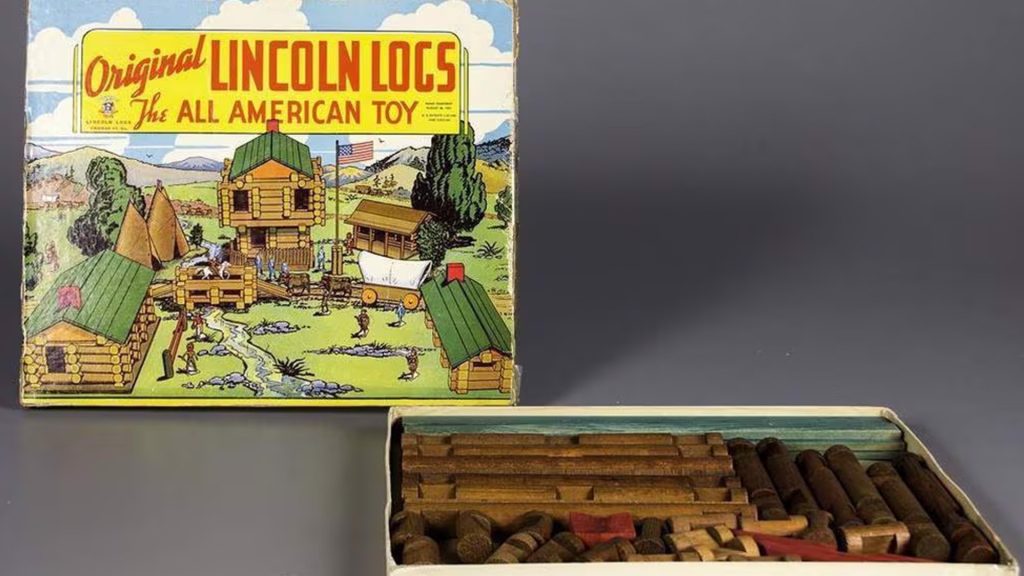
The earliest Lincoln Logs used redwood and various other colors for the roof. To this day, it’s still speculated whether the name itself was inspired by Abraham Lincoln, or if it was due to Frank’s original middle name which also happened to be Lincoln.
1922: Tinkertoy
When Tinkertoy first came out, they estimated a retail price of 59 cents. The simple design of various wheels, rods, and pulleys, the original Tinkertoys were packaged in a fun mailing tube, which really set it apart from other toys, garnering even more distinction.
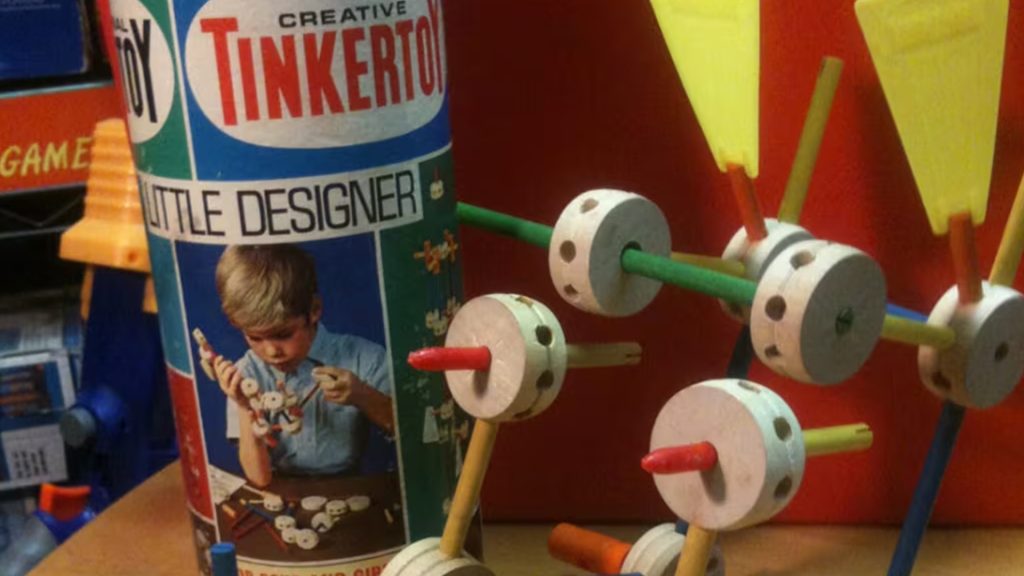
After a slow rollout to begin the fun and creative construction set would go on to appear under nearly every Christmas tree in America by the 1920s.
1924: Erector Set
Originally retailing anywhere from $1 to $10, the Erector Set was invented by A. C. Gilbert in 1911 during a train ride from Connecticut to New York City. The Erector Set was the first toy ever to employ a national ad campaign and was also the sole construction toy at the time to have a motor on special units, one of the main draws to its allure.
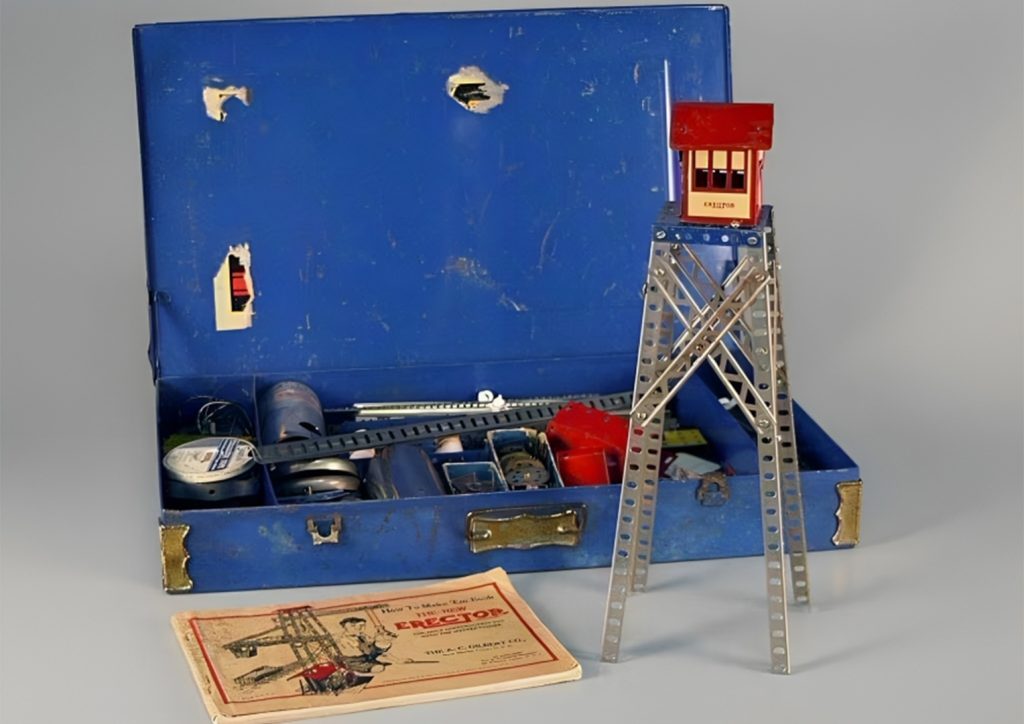
The earliest iterations focused on skyscrapers, but in 1924 it was given an upgrade and included everything from trains to Ferris wheels. By that time the name had such household recognition that it was even used as the generic name for home construction sets.
1925: Teddy bear
In 1925 the first Teddy bear only cost an estimated 79 cents. The idea for the teddy bear was, believe it or not, inspired by former President Teddy Roosevelt. It all started when President Roosevelt refused to shoot a black bear that had been tied to a tree by his team during an expedition.
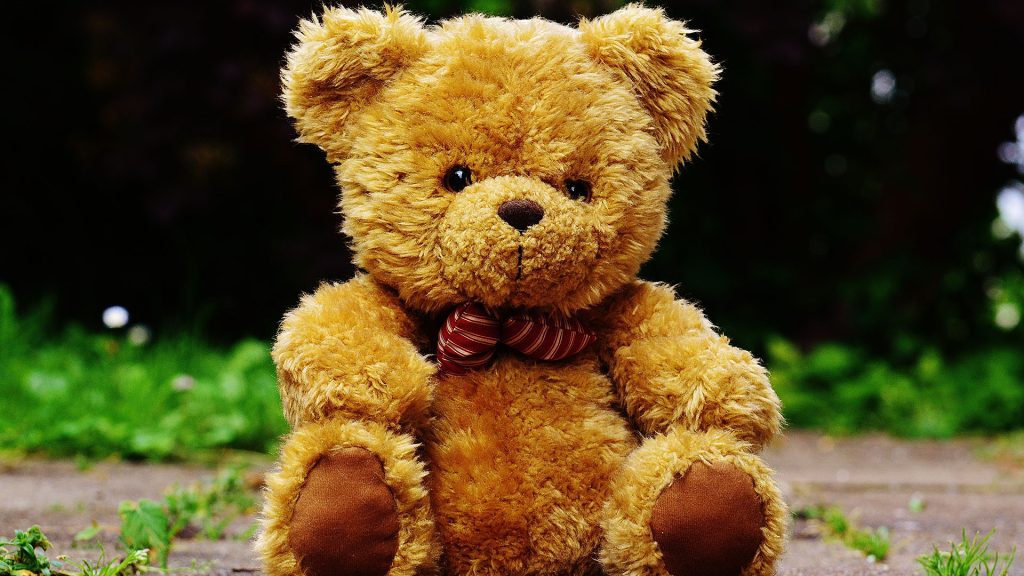
A candy shop owner named Morris Michigan – who also made stuffed animals with his wife, Rose – happened upon a cartoon in The Washington Post and created a stuffed bear and named it after the incident. Morris, with President Roosevelt’s permission, put two “Teddy Bears” in his shop window and from there the rest is history.
1926: Crayola Crayons
Crayola Crayons first hit the scene in 1926 at an estimated retail price of 5 cents for a box. The name “Crayola” is actually a combination of 2 French words. The first word means “chalk” and the second word means “oily.” The word fits perfectly because crayons are small wax like sticks invented to act as a supplement to low-quality chalk.

When it first debuted in 1903, a box of crayons only had eight colors. Later in 1926 when Binney & Smith purchased Crayola, that number rose up to 22.
1927: Radio Flyer wagon
The good ole Radio Flyer wagon came out in 1927 and originally estimated at a retail price of $2.99. Before the red metal wagon, Italian inventor Antonio Pasin had no clue how popular his wooden wagons would become with American kids.

Due to their popularity he had to look elsewhere to keep up with demand. He took cues from the auto industry which was booming and started using stamped steel to mass produce the wagons. This is also when Pasin renamed the Radio Flyer, in honor of his affinity for radio and flight. The name and rebrand really set it apart from any would-be competitors.
1928: Yo-yo
The simple yet innovative Yo-yo was originally estimated at a retail price of just 5 cents. Its origins can be traced back to nearly 500 BC! Yo-yos became omnipresent in America after a Filipino immigrant, Pedro Flores, and toy manufacturer D.F. Duncan Sr. came together to start mass-producing them to the tune of 300,000 units a day.
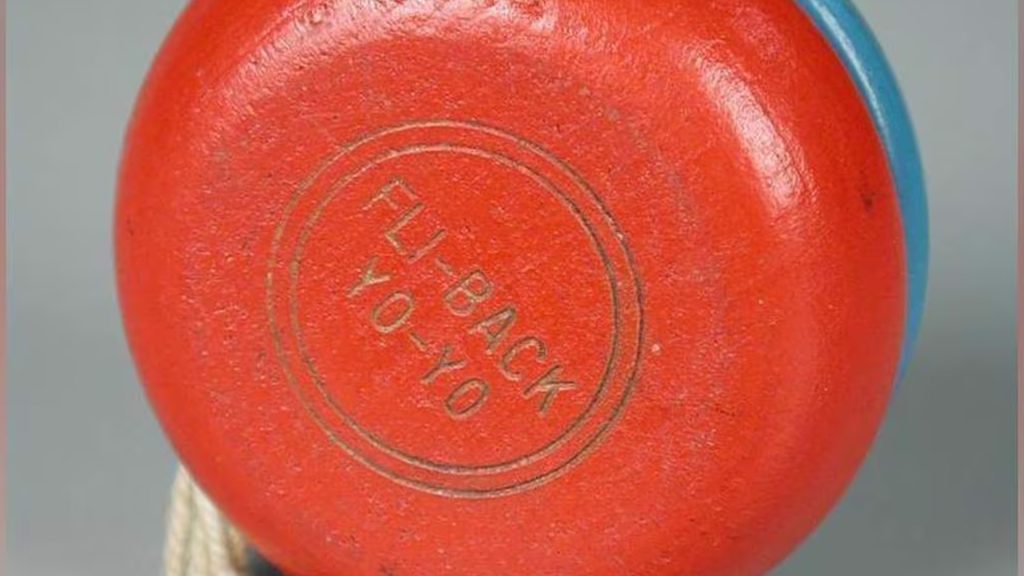
Fueled by publicity from the likes of famed William Randolph Hearst, kids competed in yo-yo contests across the country, making the yo-yo an instant and lasting sensation.
1929: Pop-up book
Believe it or not, the origin of the first pop-up book can be traced back to a 14th-century Catalan mystic. Utilizing a set of moving discs to visually illustrate his philosophical treatises the mystic inadvertently invented the first pop-up book.
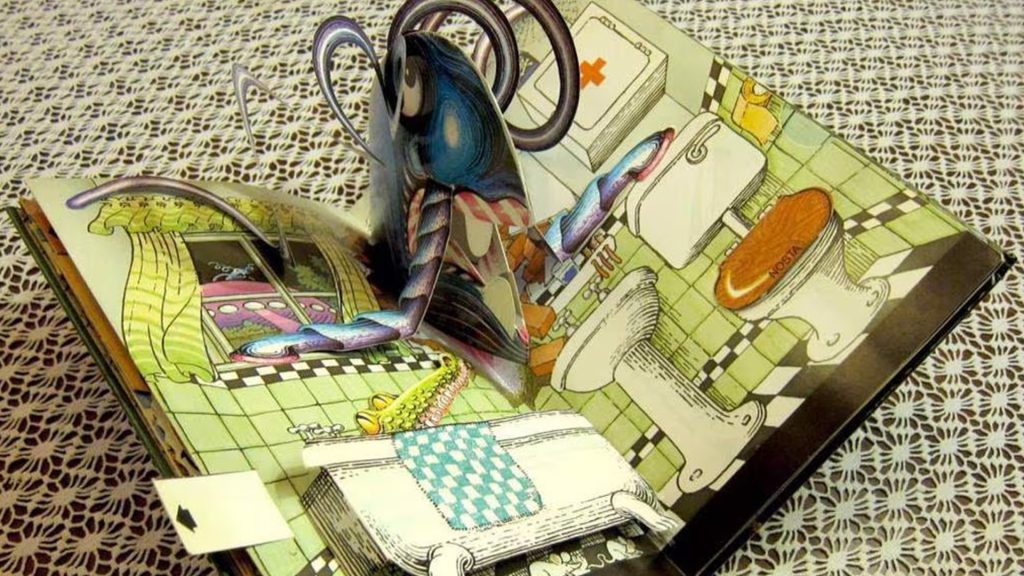
The pop-up books of today are more directly tied to 1929’s “Daily Express Children’s Annual No. 1.” Published by Louis Giraud and Theodore Brown it was known at the time as a “movable,” book. It introduced a flap, when pulled, instigated a cardboard model to spring up.
1930: Mickey Mouse doll
Mickey Mouse first made his debut in 1928, when Disney unveiled a short animated film called “Steamboat Willie,” Audiences everywhere instantly fell in love with a mouse named Mickey.
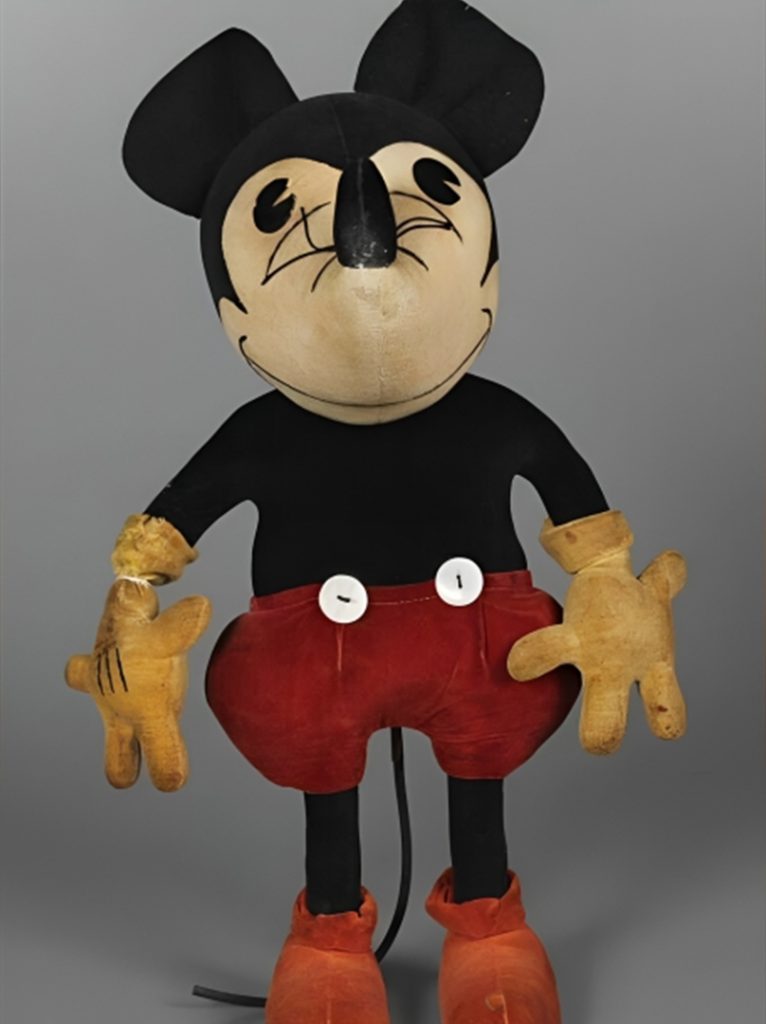
Due to Mickey’s popularity and to capitalize on it, Disney commissioned Charlotte Clark to create the first stuffed Mickey doll in 1930. It was a success and soon Disney couldn’t keep up with demand. Homemakers began sewing their own dolls as an alternative.
1931: Finger paint
In 1931 During a visit to Italy, American educator Ruth Faison Shaw created finger paint. She was motivated to not just teach kids about art and give them something fun to do but to innovate on behalf of mental health as well.

Shaw believed that through embracing messiness by finger painting there was a genuine therapeutic value for children.
1932: Sock monkey
The Sock monkey first came out in 1932 and was estimated at a retail price of 10 cents. That same year the Nelson Knitting Company added a red heel to their popular line of socks so that they stood out amongst imitators.
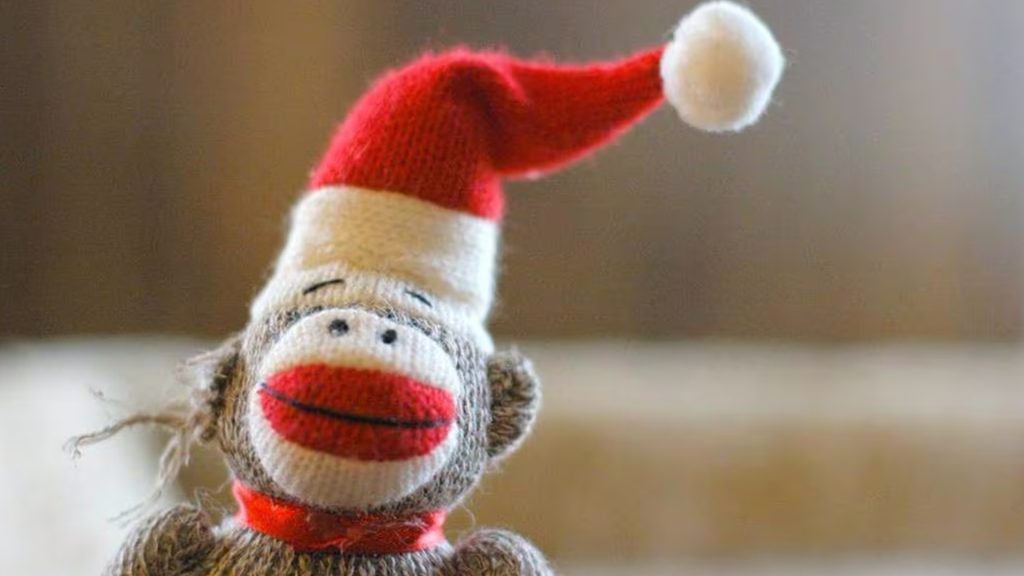
Crafty moms across America were inspired by this new detail and short on cash during the Depression, they began converting worn-out Rockford socks into monkey puppets at home for their kids to play with. Word spread and soon Nelson Knitting Company began including a monkey pattern with every pair of socks.
1935: Shirley Temple doll
Shirley Temple was nothing short of a worldwide sensation by the 1930’s. This was no surprise seeing as how she started at just 4 years.

Because of her success she was offered a slew of merchandising opportunities, including dolls, apparel, and dishes. Although Shirley Temple retired from film in 1950 at 22, her dolls remained wildly popular for decades to come.
1937: Monopoly
When Monopoly first debuted, it retailed at an estimated $2. The world’s most famous board game almost never happened. According to lore, Parker Brothers initially passed on Monopoly when it was pitched to them in 1933 by creator Charles Darrow.
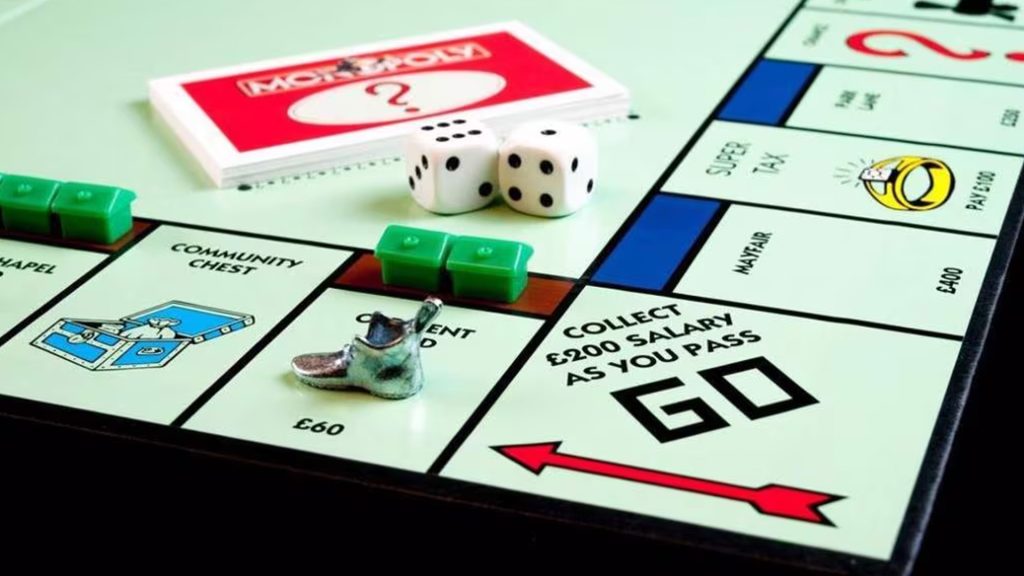
In 1936, Parker Brothers founder George S. Parker ordered a halt in production but then changed his mind soon after and the rest is history as they say.
1939: View-Master
Originally the View-Master estimated at a retail price of $2 | In 1938, Harold Graves went on a trip to the Oregon Caves. He saw a man William Gruber strapping two cameras together working towards making 3D colored slides one day soon.

The two men made a deal and created the View-Master. A few years after America entered World War II, the U.S. government bought millions of special View-Master reels using them to train military servicemen on how to spot planes and boats within shooting range.
1940: Red Ryder BB Gun
Originally estimated at a retail price of $5 the Red Ryder BB Gun was perhaps the most famous BB gun of all time.
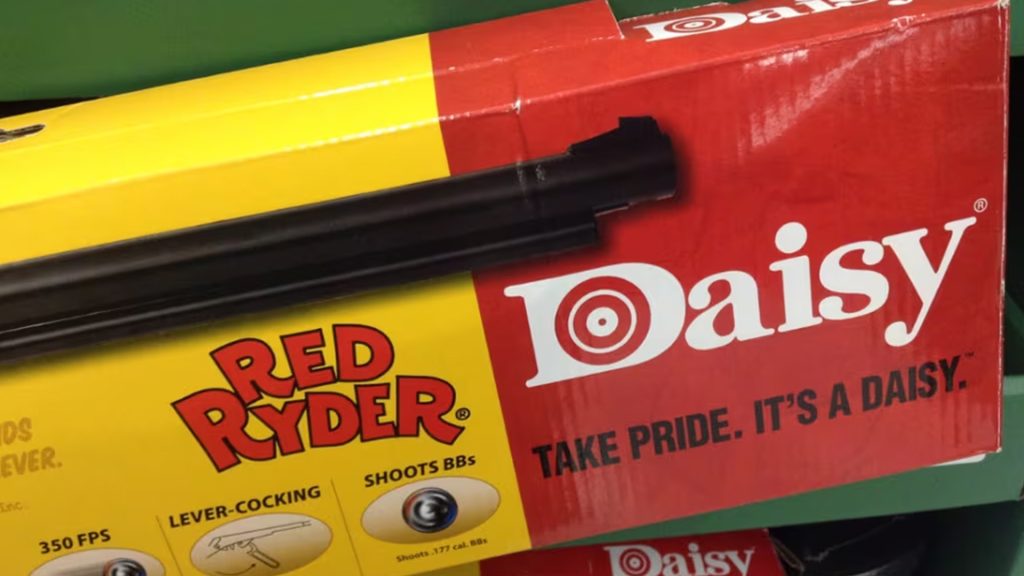
It was modeled after Winchester rifles and named for adored fictional comic book hero. Most people know it today as the toy coveted in “A Christmas Story” by the narrator only to be told over and over that he’ll shoot his eye out.
1941: Beach ball

The Beach ball went 5 cents when it first came out. Dubbed the perfect accessory for any water-based activity, the inflatable beach ball was supposedly invented by a California man named Jonathon DeLonge.
1943: Little green army men
Little green army men originally retailed at about 5 cents. In the late 1930s, the Bergen Toy and Novelty Company started selling little plastic toy army men to a nation of young boys with endless energy.

These pint-sized soldiers were molded in various wartime poses and had stands at their feet to keep them upright. They became very popular at the height of WWII, and to this day the WWII-era models are still the most synonymous with the tiny plastic soldier concept. The nostalgia for these little green men have kept them sought after collectors items.
1945: Slinky
When the slinky first came out it sold at an estimated retail price of $1. This fun toy came from an accident like most great inventions. Mechanical engineer Richard James was trying to devise a spring into steady boat equipment at sea. He accidently knocked some prototypes onto the ground and noticed how they “walked” forward. That inspired James and his wife the idea for a new novelty toy: the Slinky.
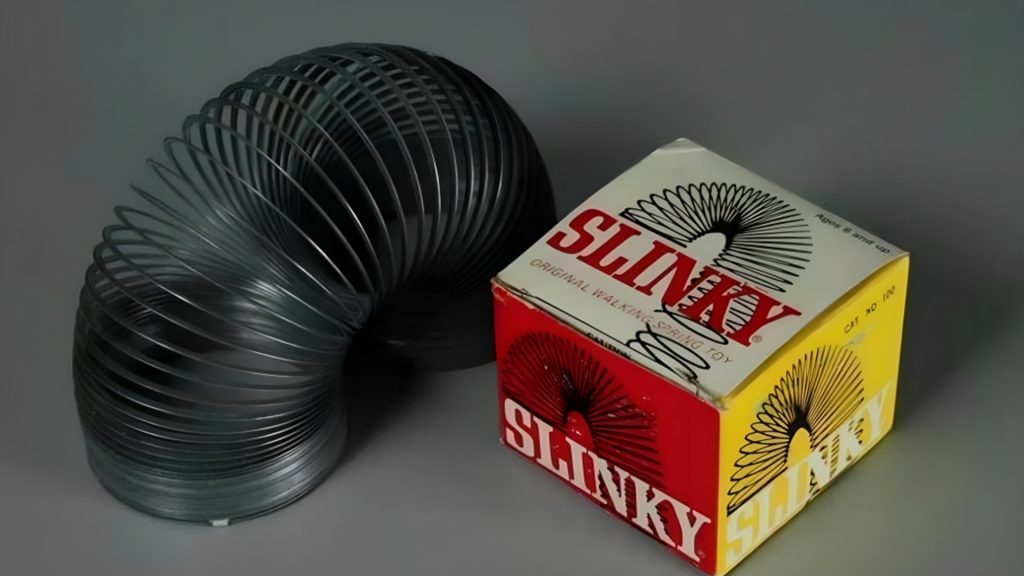
A couple years later, the couple delivered their first order to Gimbels Department Store in Philadelphia, Pennsylvania. Christmas was right around the corner and the holiday season gave this toy the push it needed. 400 slinkies sold instantly and were followed by 250 million more over the next 70 years.
1946: Lionel Trains
Lionel Trains originally estimated a retail price of $30. The ad marketing was genius especially because compared to other toys at the time, the price of Lionel Trains was high. The ads promised to make “a boy feel like a man and a man feel like a boy.”

The ability to make trains go various speeds made Lionel Trains the go-to train set among children, collectors, and train enthusiasts across America. Before WWII the company struggled due to the Great Depression but in 1946 the company started back up at full production and made a huge comeback in popularity.
1947: Tonka Trucks
In 1947 Tonka Trucks hit the scene and retailed at $1. Tonka Trucks was founded by three Minnesotans and named after Lake Minnetonkawho. Before developing the metal trucks they were going into business in garden equipment manufacturing. They decided to buy out a competitor and wound up with a toy steam shovel which inspired them to look into making toys.

Not long after, the digger, which had a functional crane and clam, sold 37,000 units. The two men ditched garden tools and shifted their attention to toy work vehicles for kids.
1949: Clue
Clue came out and was originally priced at about $3. Was it Colonel Mustard in the library with a candlestick? Or maybe Professor Plum in the study with a dagger? The only way to get to the bottom of it was to play the game.
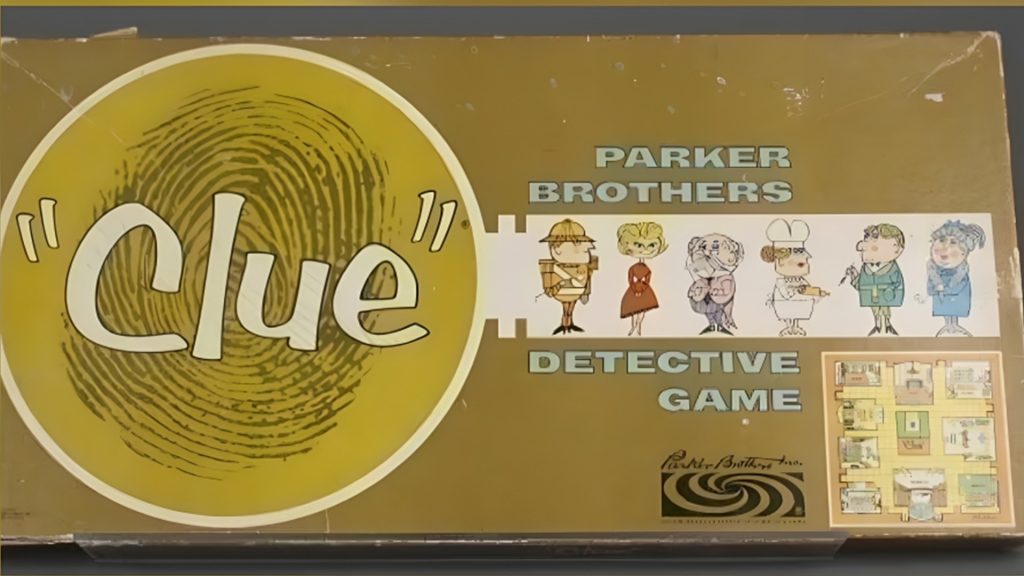
During WWII a British Solicitor developed the board game and it was patented under the name Cluedo in 1947. Eventually it was sold in North America under the name Clue later on in 1949. The board game became so popular that it even inspired a movie.
1950: Magic 8 Ball
The Magic 8 Ball was inspired by the Syco-Seer. The Syco-Seer was a cylindrical crystal ball with two dice inside of it, by Albert Carter, the son of a professional psychic. Albert and his brother-in-law Abe Bookman developed it but due to bad marketing it just didn’t pick up momentum.
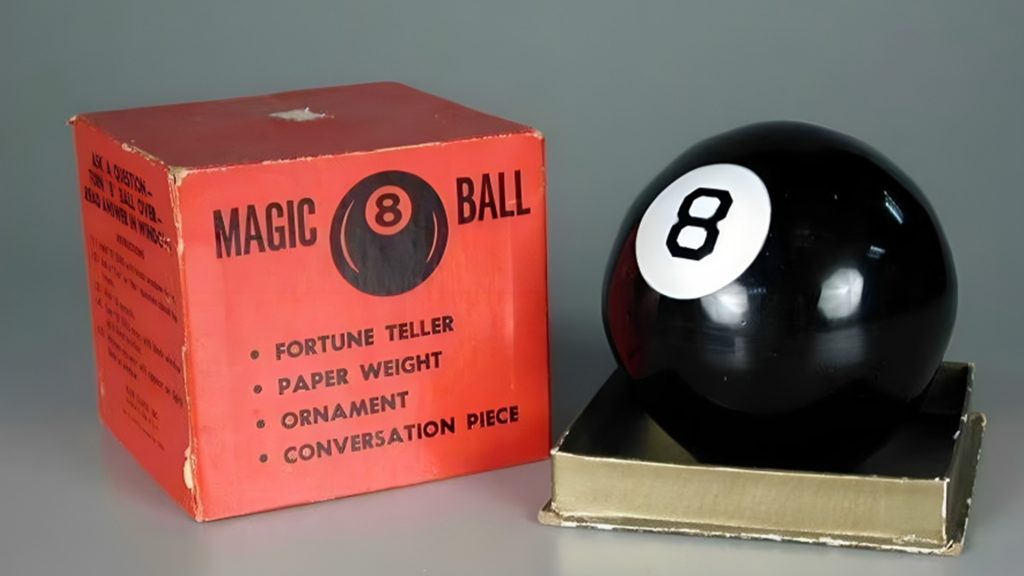
However after several iterations, no success and Carter passing away, Bookman redesigned the product and it found success as the one we see today.
1952: Mr. Potato Head
Mr. Potato Head had an estimated retail price of 98 cents. In an effort to get kids to eat foods that they didn’t like, inventor George Lerner came up with a set of face parts that could be used to bring to life potatoes and other vegetables.
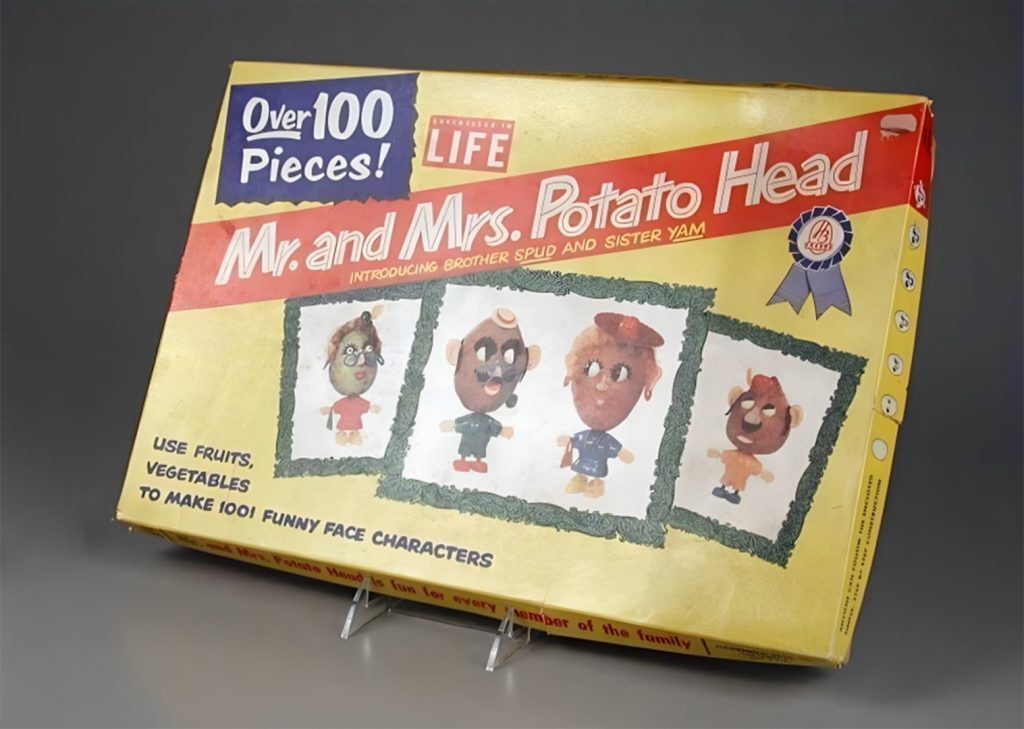
Initially the face parts were given as bonus toys in cereal boxes however In 1952, the idea was purchased by the Hassenfield brothers. They formed Hasbro Toys and Mr. Potato Head was born. Not long after Mrs. Potato Head and a range of other characters were introduced.
1953: Model Car
The Model Car was originally estimated at $1-$2. Toy cars started out in the 1920s as micro-sized models created by car companies for promotional purposes.
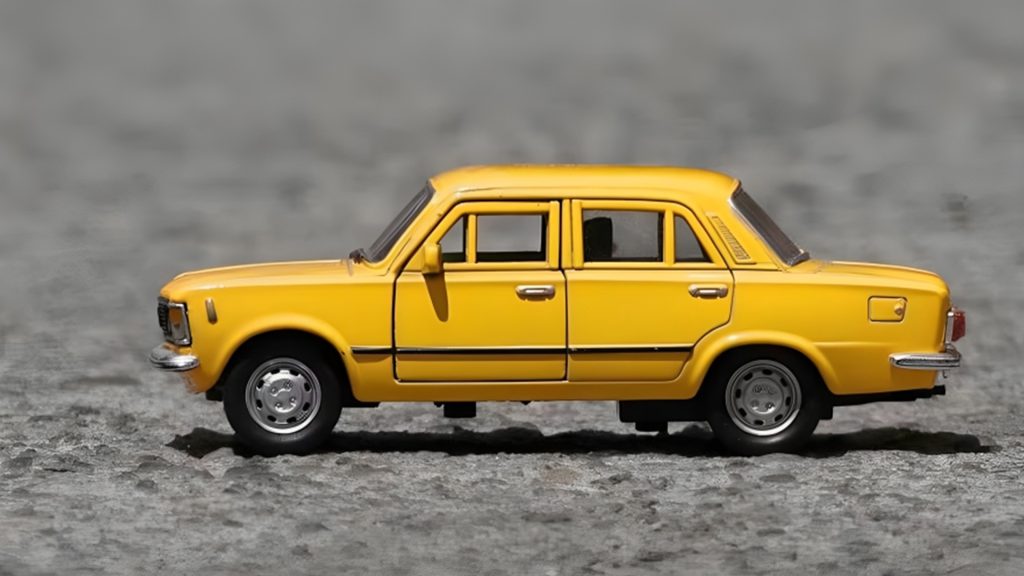
By the 1950s, however, they became a fun hobby among both young boys and older men. Most model cars started out being made of materials like tin, steel, and die-cast zinc. Eventually by the 1950s in the U.S. many were being made with plastic also.
1954: Scrabble
Scrabble was first estimated at a retail price of $2. Alfred M. Butts, an out-of-work architect, created this game during the Depression. Originally, lettered tiles were assigned points on a crossword puzzle-style grid.
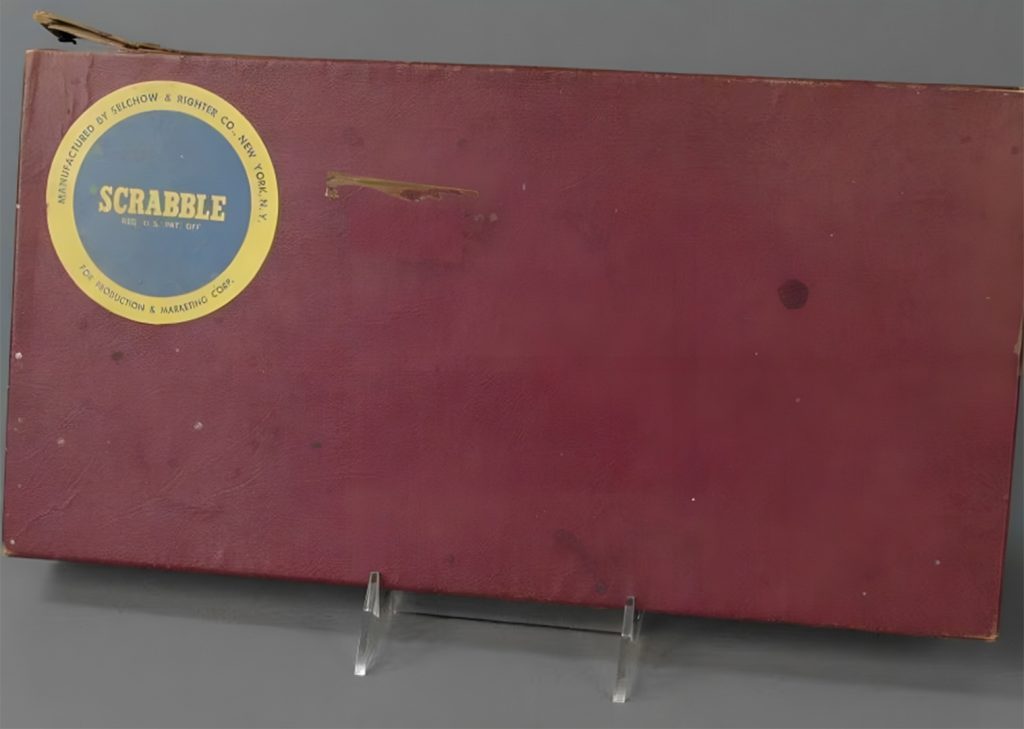
Alfred tried out names for the game like CrissCross Words and Lexiko before going on to license the idea to James Brunot, thus the name Scrabble was born. Sales weren’t great at first, but by 1954 Selchow & Righter owned the rights which were eventually sold to Hasbro and marketed with big success.
1955: Silly Putty
Silly Putty was first priced at $1. There has been much speculation but to date no one’s certain who invented Silly Putty. Almost all agree the strange material, like most inventions, was invented by accident.
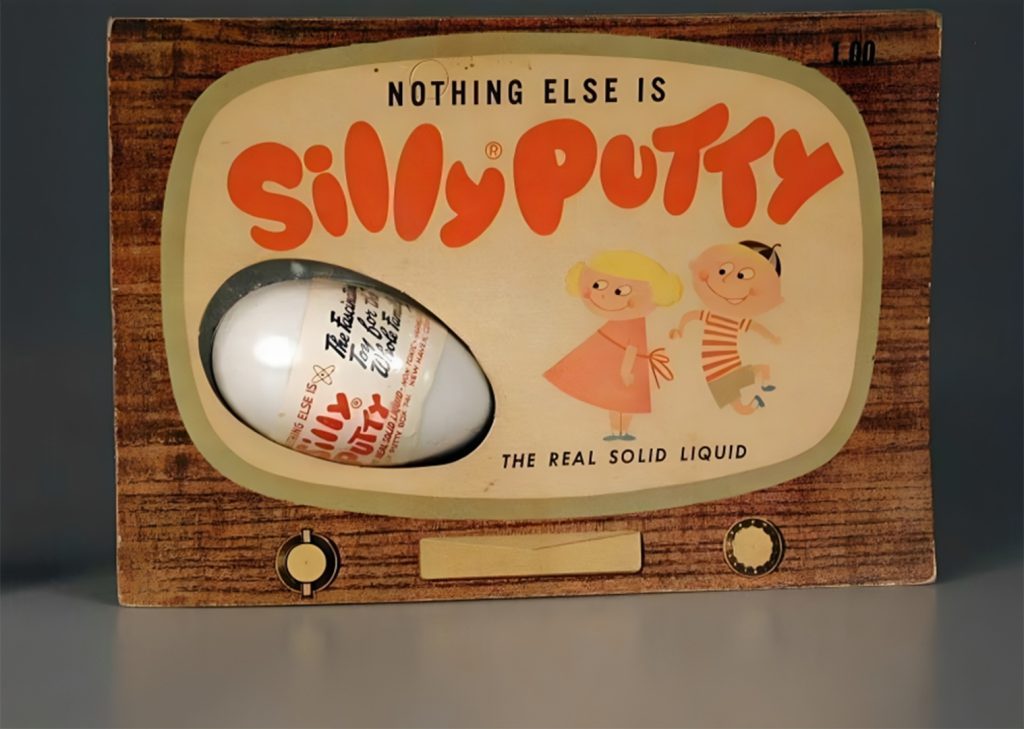
During WWII, the U.S. government hired some scientists, chemists to be exact, to create a synthetic rubber substitute. During the process they developed a strange material which would melt easily and couldn’t hold a solid shape. It was of no real use to the government but the toy industry would see a new asset. By 1955, small plastic eggs filled with Silly Putty were on shelves and aimed at the youth market with very successful results. While $1 might seem high for Silly Putty 70 years ago, what’s even more amazing is that the price has never really changed.
1956: Play-Doh
When Play-Doh first came out it retailed at 99 cents for four containers. The consensus among teachers was that kids didn’t like the stiffness of modeling clay.
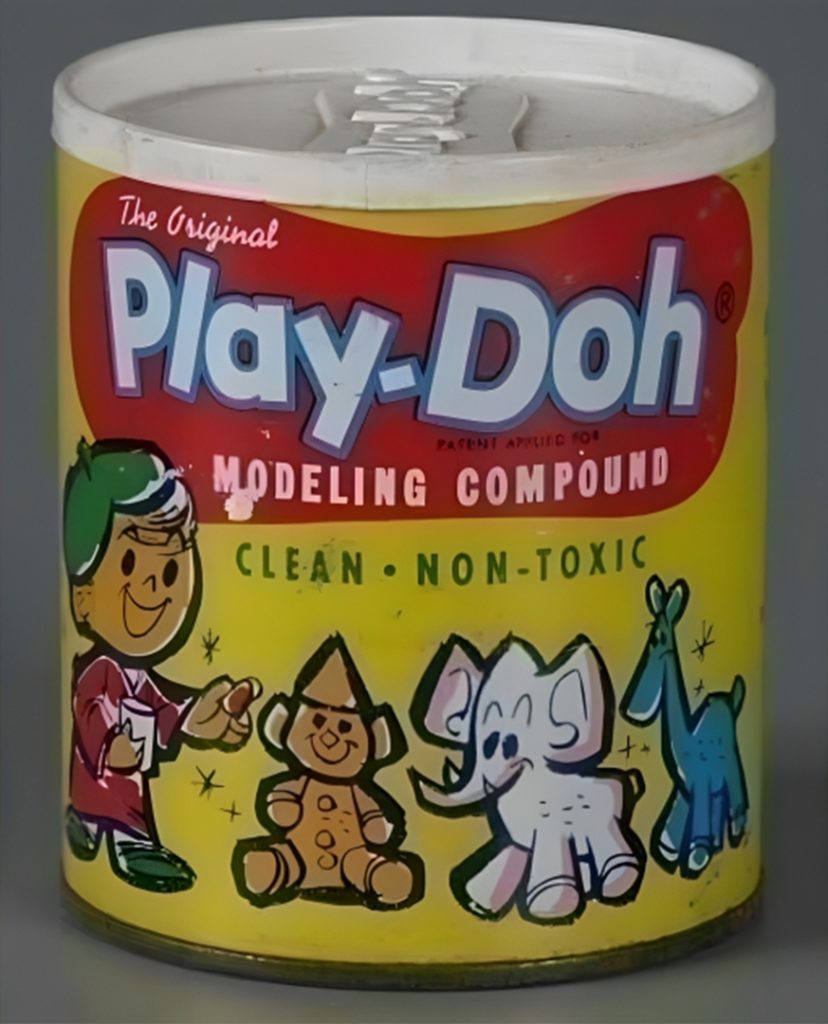
After a man named Joe McVicker heard this he began sending soft wallpaper cleaning products to schools as a substitute material. A little field research helped him develop the perfect Play-Doh which gained its name by 1956 and has been a staple in grade-schools ever since.
1957: Water balloons
Originally 10 cents, like so many iconic products, water balloons resulted from pure serendipity. Edgar Ellington, a British man, was attempting to invent a waterproof sock made of latex and cotton.

After many attempts and failures Ellington, out of frustration at a leaking sock, tossed it onto a table and watched it burst. That gave him an even better idea. His subsequent water balloons or “water grenades” were selling like crazy by the late 1950s.
1958: Hula Hoop
Hula Hoops came about after an Australian man named Alex Tolmer designed a plastic version of the bamboo hoops Aussie kids were spinning around their waists. He sold the design to American toy company Wham-O, which renamed it the “Hula Hoop” after Hawaiian dance moves.

To create buzz, Wham-O started giving away the toy for free to kids in Southern California and it was subsequently featured on “The Dinah Shore Show.” The Hula Hoop became a huge sensation. Twenty-five million units sold in the first two months alone.
1959: Barbie
Barbie was created by Ruth Handler and sold for $3. The first Barbie was invented as a 3D alternative to the paper dolls her daughter played with. Barbie is to this day the most iconic doll of all time.
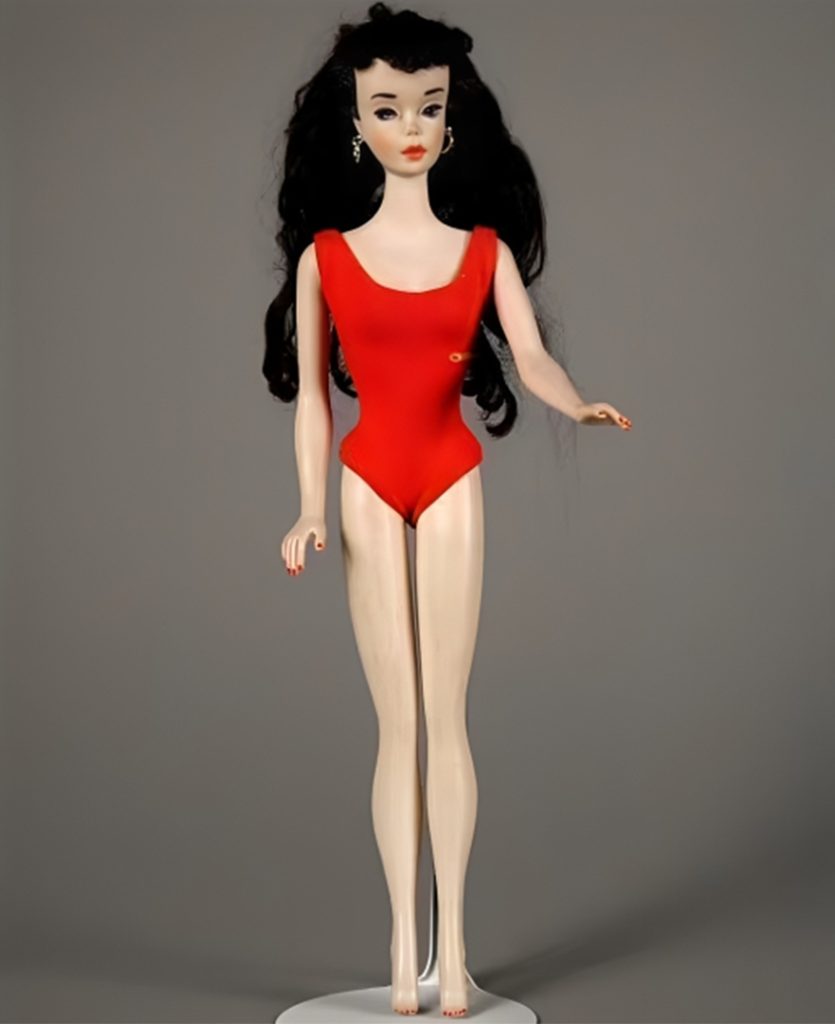
The doll’s meteoric success came with criticism mostly from feminists who thought her curvy physique and teen fashion set a bad example for young girls. Mattel went to great lengths over the years to establish Barbie as a symbol of inclusion and female empowerment. By giving her varying ethnicities, careers, and styles they managed to minimize criticism.
1960: Etch A Sketch
Originally known as L’Ecran Magique, which means “magic screen” Etch A Sketch sold for $2.99. It was the brainchild of French electrical technician Andre Cassagnes.

Cassagnes shopped his product around for a year without much luck until the Ohio Art Company decided to buy the licensing rights for $25,000. It was renamed and after some choice television spots, the Etch A Sketch shot to the top of kid’s Santa wish lists all around the country.
1961: Slip ‘N Slide
The original estimated retail price was $8.95 per box of six. The Slip ‘N Slide has relatively dangerous origins.

In 1960, an upholsterer named Robert D. Carrier came home to find his son and his friends sliding down the wet pavement of their driveway. Knowing this was relatively dangerous, Carrier created a plastic slide for kids to put down over hard surfaces for a slicker and safer experience.
1962: Chatter Telephone
The Chatter Telephone had an estimated retail price of $1.42. The Chatter Telephone was created after Ernest Thornell saw his daughter dragging their phone around the house like a pet.
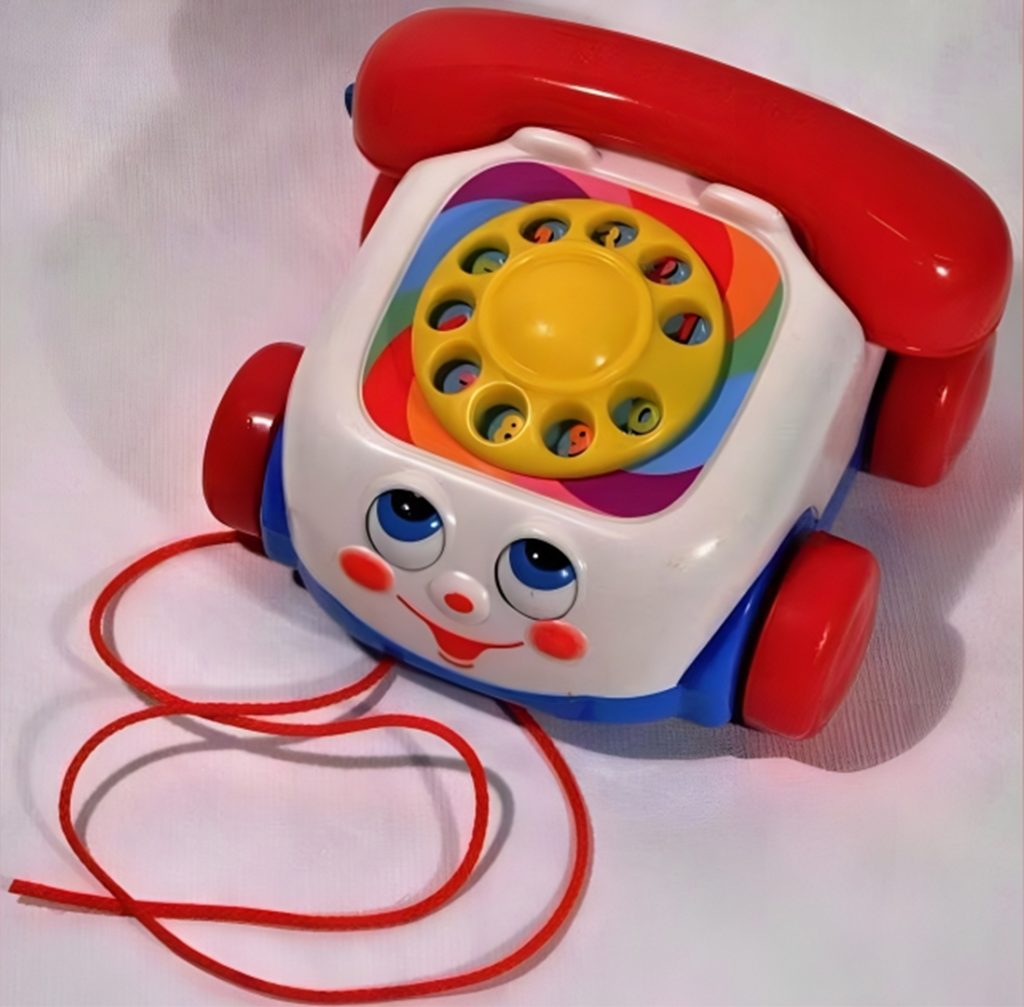
Seeing that gave him the idea to add wheels and assorted noise-making buttons for fun. The Chatter Telephone was originally made of wood, but today’s model is made with plastic.
1963: Easy-Bake Oven
The Easy-Bake Oven retailed for $15. The Easy-Bake Oven invoked some safety concerns among parents in 1963 as one might it expect it would.
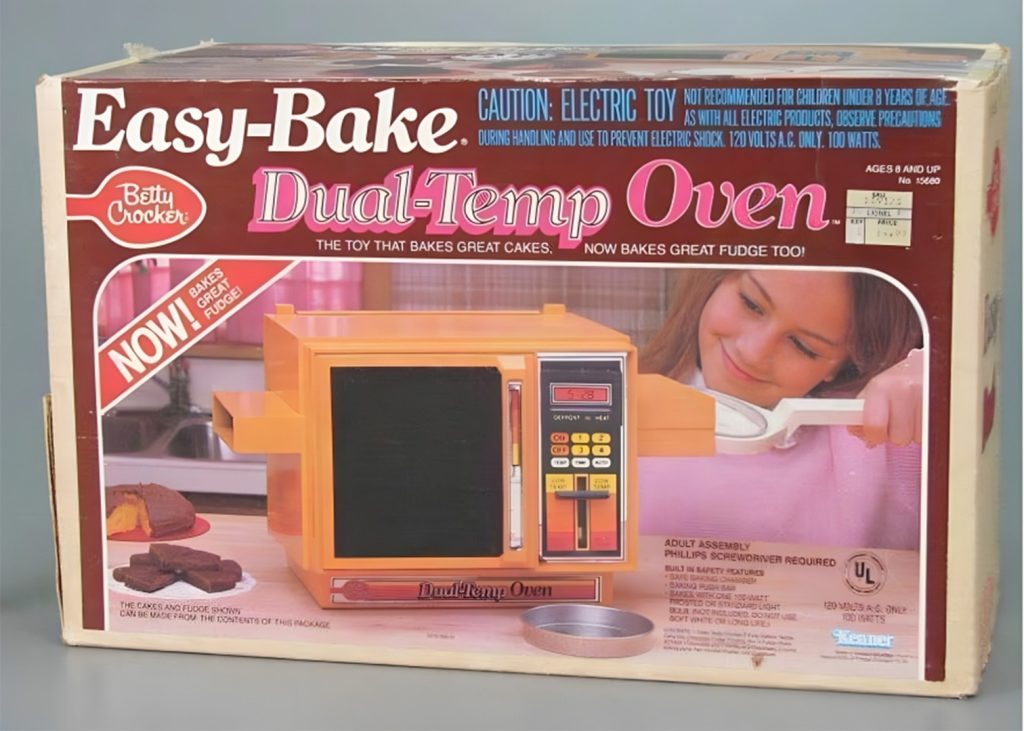
To address those worries, toy company Kenner installed two 100-watt bulbs as a heating source to reduce the chance of burns.
1964: G.I. Joe
G.I. Joe retailed for $1.95 in 1964. While Barbie was being marketed to young girls, boys needed their own hero. Hasbro gave boys a war hero named G.I. Joe.

In an attempt to keep the word “doll” out of the conversation they marketed the toy as an “action figure” instead.
1965: Wham-O Frisbee
According to lore, the Frisbee’s origins date back to the late 19th century when New England college students tossed pie plates to one another outside the Frisbie Baking Company. It wasn’t until 1948 that Walter Morrison and Warren Franscioni began selling their plastic “Flying Saucers” at county fairs.
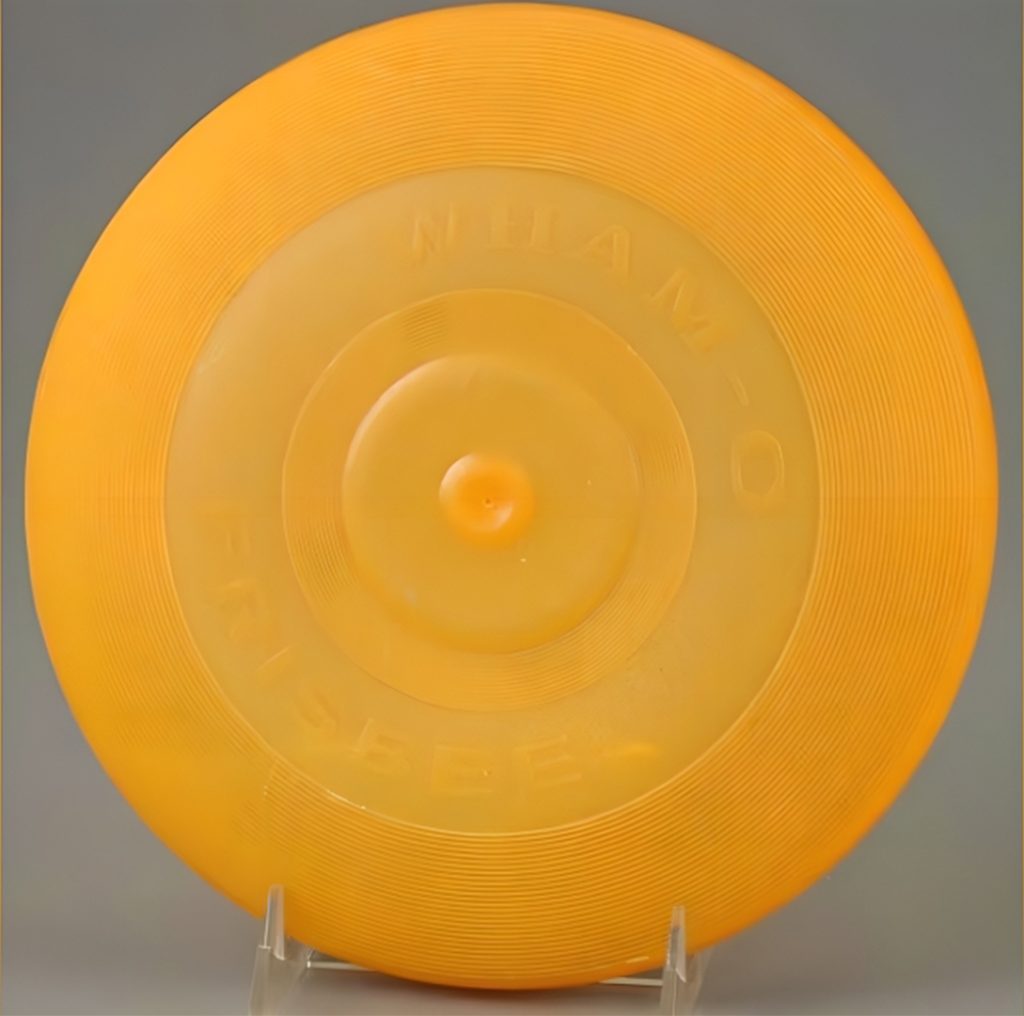
Toy company Wham-O heard about the discs and bought the rights in 1955. They renamed them Frisbees and by the mid-’60s, Wham-O Frisbees were in backyards and college campuses as a staple.

